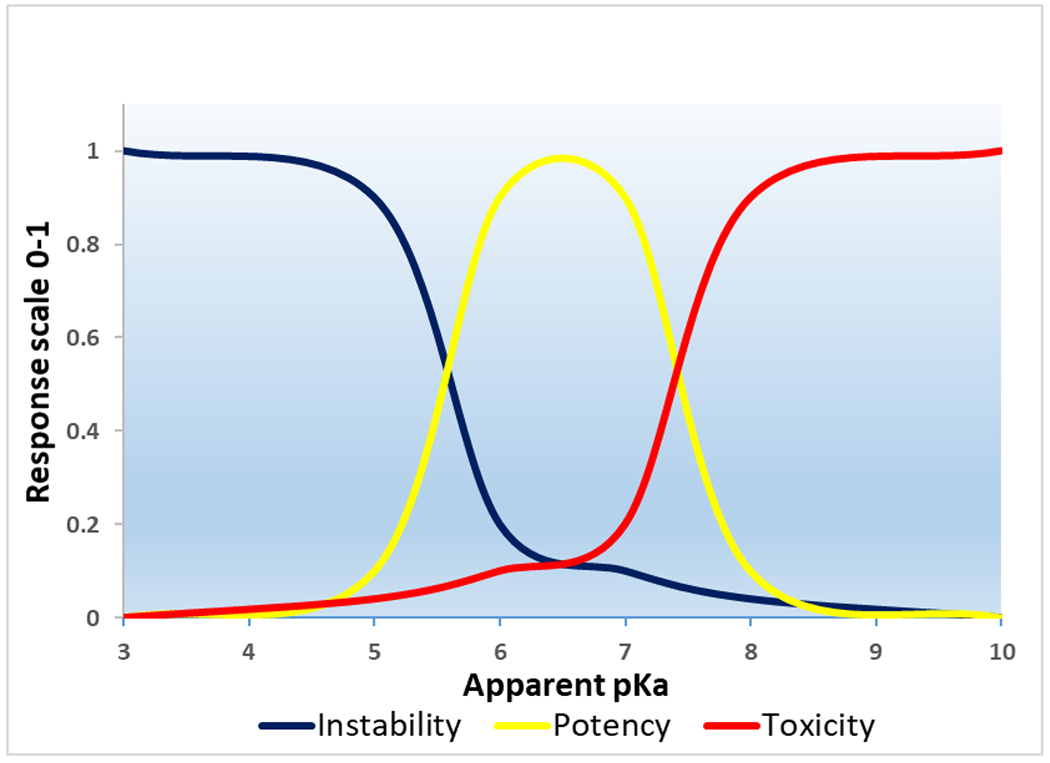Figure 2: Effects of pKa values on instability, potency, and toxicity of nanoparticles.

The graph represents the normal tendency of ionizable cationic nanoparticles with different pKa values in biological systems. An apparent pKa range of 6-7 is the optimum range for the development of highly efficient nanoparticles for RNA delivery. The nanoparticles with lower pKa values do not have enough ionic charges and polarity at neutral pH, thereby leading to the aggregation of nanoparticles as hydrophobic interactions are stronger between the inter-particles. Thus, they are less stable in biological systems. While the nanoparticles with higher pKa carry positive charges at physiological pH, which is the main reason for their toxicity. Most importantly, nanoparticles with lower and higher pKa outside the range of 6 to 7 do not ionize effectively during endosome maturation. As a result, they cannot efficiently release the cargo into the cytoplasm.
